"Lbamboo orchid, Dendrobium nobilehija pjanta li tappartjeni għall-familja ta ' Orchidaceaethe most famous of its kind Dendrobium. This charming orchid is widely grown for its beauty and hardiness. It is known as bamboo orchid due to its thin, gnarled stems.
Native to the mountainous regions of East Asia, this particular orchid is known for its showy blooms which can last for several weeks. Its flowers, ranging from white to pink, purple and blue, creating a unique show of colors and shapes. In addition to the beauty of its flowers, this orchid also has a delicate and sweet scent, which makes it even more attractive.
Growing bamboo orchid can be a challenge for beginners, but with the right care and attention, rewarding results can be achieved.
This article aims to provide a practical guide for the cultivation and care of Dendrobium nobilewhich will allow growers to fully appreciate its beauty and keep it healthy.
How is the bamboo orchid made?
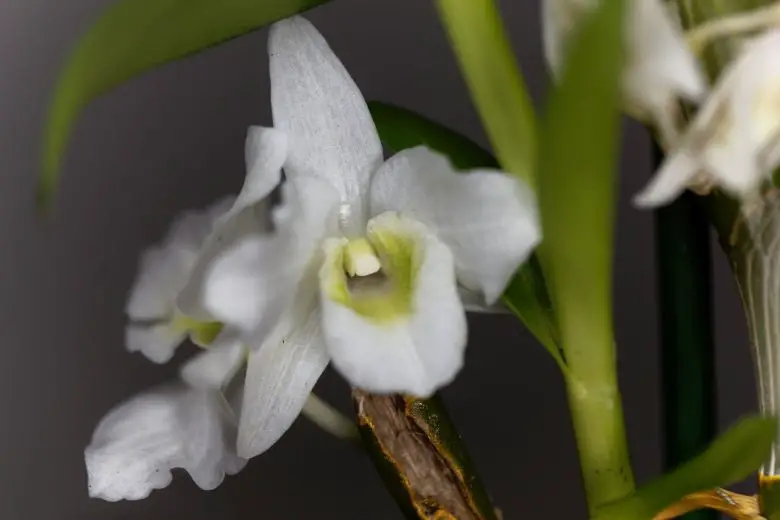
Dendrobium nobile it is an epiphytic plant, which means that in nature it grows attached to trees or other surfaces, without drawing nutrients directly from the soil.
This orchid has a characteristic habit, with erect and thin stems that can reach a height of 30-60 cm. The stems are gnarled and covered with leathery leaves of an elliptical or oblong shape.
The bright green leaves grow alternately along the stem and can reach a length of 5-15 cm.
The flowering of the bamboo orchid is one of the most fascinating aspects of this plant. It usually occurs during the spring or summer, although the exact time may vary depending on the environmental conditions and the different varieties. The flowers emerge from the nodes of the stem and develop in hanging clusters, called racemes.
Il-fjuri ta ' Dendrobium nobile they are large and showy, with petals and sepals of different colors depending on the variety: white, pink, yellow, purple, blue, etc. They are very fragrant and last a long time. The lip, which is the lower petal of the corolla, is usually of a different color than the other petals and is characterized by spots or streaks. The plants manage to produce a large number of flowers on a single flower stem, creating a spectacle of colors and shapes that fascinates orchid lovers. Flowering is considered the most evocative and rewarding time for growers, as it represents the culmination of good care and a suitable environment. The dendrobium orchid requires a winter rest season to favor the next flowering. During this time, cooler temperatures and reduced watering help stimulate flower bud formation.
How do you take care of the bamboo orchid?
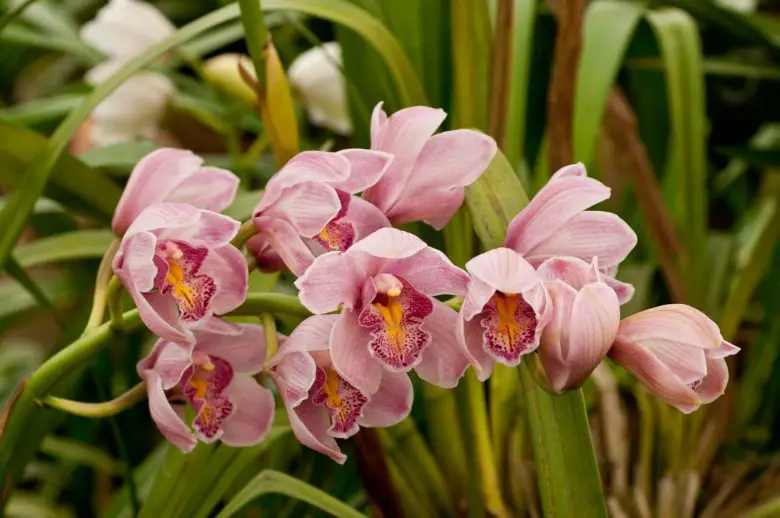
Ġeneralment, Dendrobium nobile it is grown in pots, especially in countries with a colder climate such as Italy, where winter temperatures can drop below the ideal conditions for this species.
The bamboo orchid is considered a hardy plant, but is sensitive to intense cold and frosts. Therefore, growing in pots offers the possibility of moving plants indoors during the colder months, offering them adequate protection.
During the spring-summer season, when temperatures are milder, it is possible to cultivate Dendrobium nobile outdoors in a semi-shaded area of the garden.
However, it is always important to monitor the weather conditions closely and pay attention to temperature variations. In the event of a sudden drop in temperatures, it is advisable to move the plants to a protected area to avoid damage to the roots and aerial parts.
During the winter period, when temperatures drop below 10°C, it is therefore essential to protect plants from the cold. This can be done by moving the pots indoors.
At home, what is the right environment for a plant Dendrobium nobile?
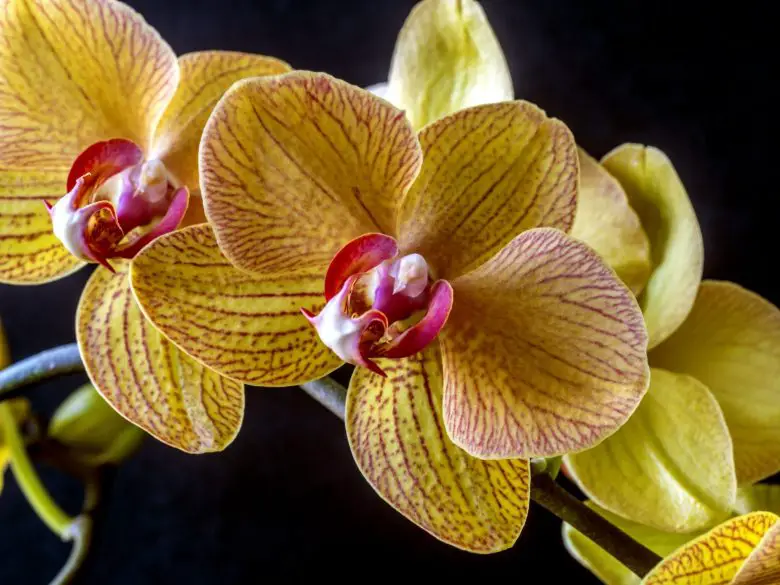
To properly care for a plant Dendrobium nobile at home, it is important to provide the best possible environmental conditions.
The bamboo orchid requires bright, but indirect light. Place the plant in an east or west facing window where it receives filtered sunlight in the morning or afternoon. Avoid direct exposure to intense midday sunlight, as they could damage the leaves.
This species of orchid thrives in moderate temperatures during the growing season, ranging from 18°C to 24°C during the day. During the winter season, it is beneficial to provide a rest period with cooler temperatures to stimulate subsequent flowering. Therefore, avoid placing the plant near sources of direct heating.
In spring-summer the bamboo orchid appreciates a high relative humidity. To maintain humidity around the plant you can use a humidifier or spray water on the leaves occasionally.
What is the ideal soil for growing the bamboo orchid?
Il-ħamrija ideali biex tikber pjanta Dendrobium nobile potted is a specific substrate for orchids which offers excellent drainage and allows the roots to breathe.
If you want to prepare a suitable substrate mix yourself at home, you can combine different elements.
Pine or cork bark is used as a base, use pieces of different sizes to ensure adequate drainage. The bark should make up the majority of the substrate.
To this base add one small amount of perlite or vermikolat to further improve drainage and promote greater aeration of the roots.
Another element to be added in small quantities is sphagnum moss, to retain humidity and provide some organic substances.
Finally, add some crushed charcoal to prevent waterlogging and prevent any root rot problems.
When to repot the dendrobium orchid?
As for the repotting of the bamboo orchid, remember to repot the plant every 1-2 years, preferably after flowering or when the substrate begins to deteriorate. When repotting, remove any dead or damaged roots and place the plant in a slightly larger pot, providing a new portion of fresh substrate.
How does a bamboo orchid multiply?
There are several techniques to multiply a plant of Dendrobium nobileincluding the division of the tufts, the use of keiki (lateral shoots) and propagation by vegetative cuttings.
The division of the tufts is the most common technique. When repotting, an orchid head can be divided into several parts, making sure that each division has at least enough healthy pseudobulbs and roots. The divisions are then transplanted into separate pots, providing them with the same growing conditions as the mother plant.
The keiki, on the other hand, are the lateral shoots that develop on the stem of the mother plant. These shoots can be separated when they have their own roots and pseudobulbs. To do this, a sterile knife can be used to gently pry the keiki off the mother plant, making sure to damage the roots as little as possible. The keiki is then transplanted into a separate pot and grown as a new plant.
Fl-aħħarnett, bil- teknika tal-qtugħ a healthy section of stem without flowers can be taken from the mother plant. Make sure the cutting has at least one or two nodes, which are the areas on the stem from which roots and new plants can develop. The cutting is then treated with a natural rooting hormone and placed in a substrate suitable for orchids, maintaining good humidity and indirect light. After some time, the bamboo orchid cutting should develop roots and start growing as a new plant.
How do you water the Dendrobium nobile?
Proper watering is essential for the health and prosperity of the bamboo orchid.
Before watering, always check the humidity of the substrate, insert a finger into the soil. If the substrate is still damp, wait before watering, in fact the plant prefers a period of light drying between one watering and the next.
Watering frequency will depend on various factors such as climate, temperature, season and pot size. Typically, watering about once a week during the active growing season is recommended. During the winter rest period, gradually reduce watering, providing only minimal humidity.
When it’s time to water, it’s best to use room temperature water. Avoid leaving the water in the saucer or saucer for long periods.
Look closely at the plant to understand its individual needs. If the leaves appear soft or yellowed, it could be a sign of too much or too little water. Adjust watering accordingly, taking into account environmental conditions.
How do you prune a Dendrobium orchid?
Pruning orchids Dendrobium nobile it is a practice that can be performed to promote the health, shape and flowering of the plant.
After the flowers have faded and withered, it is advisable to remove them by gently cutting the peduncle just above the node. This encourages the plant to focus its energy on growing new shoots and flowers.
Older flower stems may become woody and dry over time. If the stems become unattractive or begin to deteriorate, you can cut them back to the base with a clean pair of scissors. Be sure to make the cut just above the node so the plant can put out new shoots from the base.
When pruning, dead or damaged pseudobulbs that have lost their vitality can be identified. Remove them with a clean cut near the base of the plant. This promotes the overall health of the plant by eliminating any compromised parts.
Huwa importanti use clean and disinfected scissors before pruning to avoid the spread of disease. Also, avoid over pruning the plant, as it may take time to recover and negatively affect its ability to flower.
Pruning bamboo orchids can be done after flowering or during the winter rest period when the plant is in a dormant state. Remember to observe the plant closely and tailor pruning to its individual needs.
What are the bad cultural practices that ruin the bamboo orchid?
Some bad cultural practices can affect the health and growth of Dendrobium nobile. Here are the ones to absolutely avoid:
- tisqija eċċessiva;
- saucer with standing water;
- incorrect exposure to light;
- wrong temperature;
- nuqqas ta 'ventilazzjoni;
- use of unsuitable land.
Avoiding these bad cultural practices and adopting a careful and knowledgeable approach to bamboo orchid care will help keep the plant healthy and encourage its flowering.
What are the parasites that attack Dendrobium nobile?
The bamboo orchid can be subject to attack by various parasites which can endanger the health and growth of the plant.
Among the most common parasites are:
- insetti tal-iskala: parasites that attach themselves to the leaves and stems of orchids. They can appear as small white or brown growths. Infestation can weaken the plant and cause yellowing of the leaves. To eliminate scale insects it is advisable tointervene with white mineral oil to the former signs of infestation;
- afidi : they are small insects that feed on the sap of plants. They appear as green, black or white dots on leaves and shoots. Aphids cause leaf deformation, growth retardation and disease transmission. Aphid control can be done through theuse of soft potassium soap;
- bebbux: snails and slugs can damage the leaves and flowers of the plant by nibbling them. To keep them away from the plants, mechanical barriers such as crushed eggshells or coffee grounds scattered around the plant can be used.
It’s important to check your orchids regularly for signs of infestation and take action early to prevent significant damage.

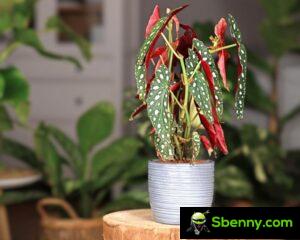
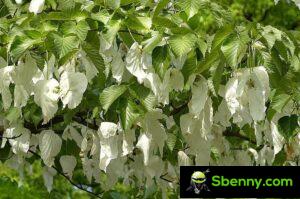
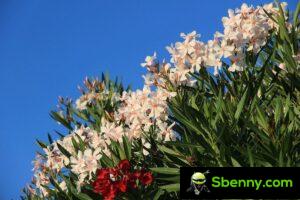
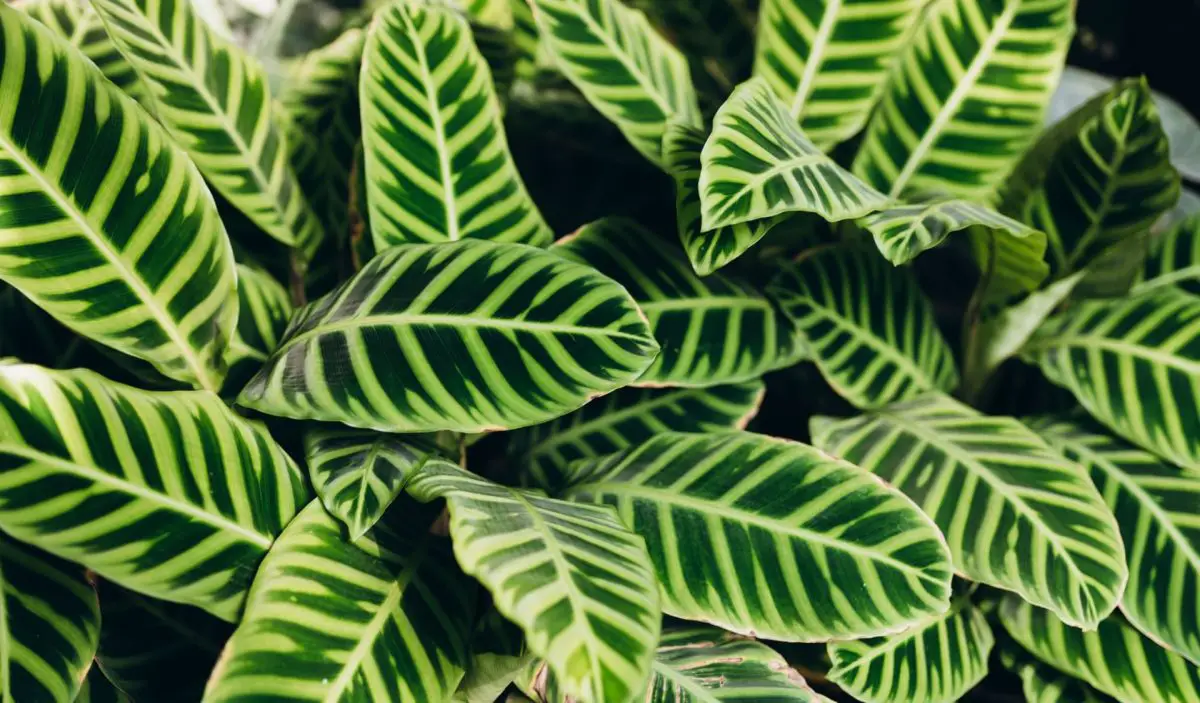
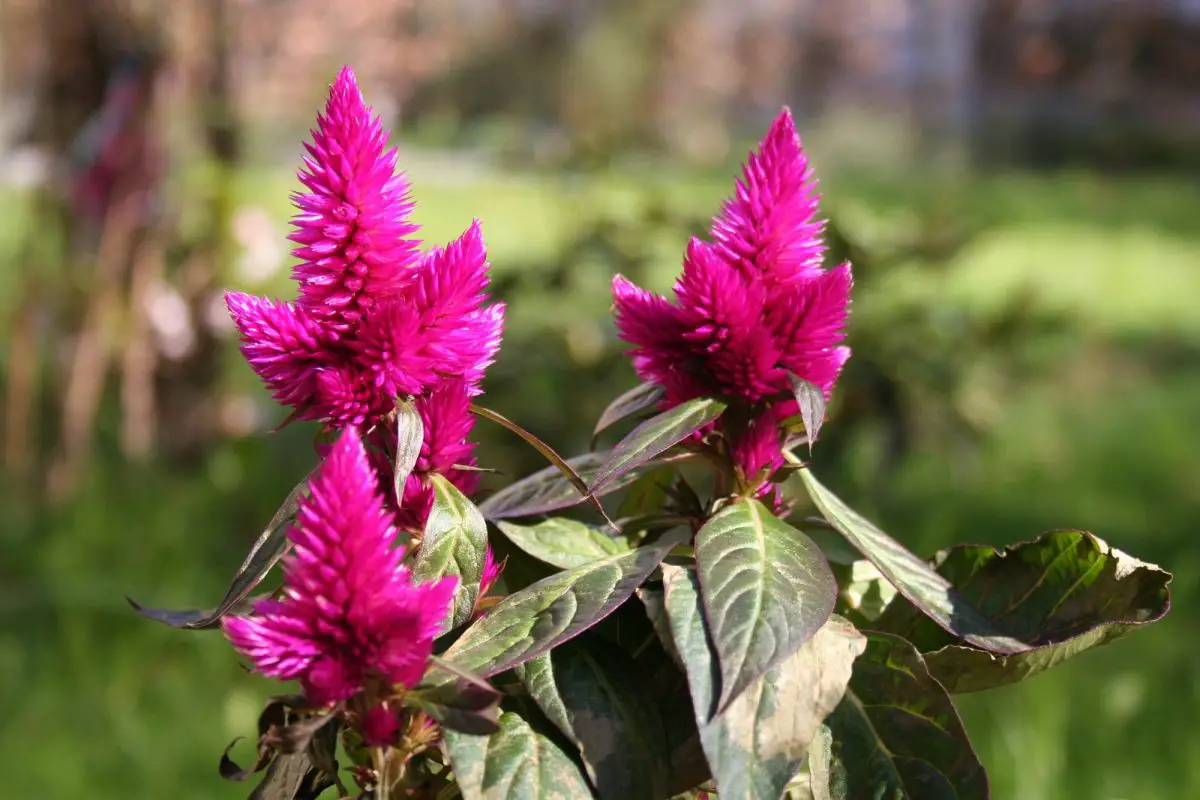
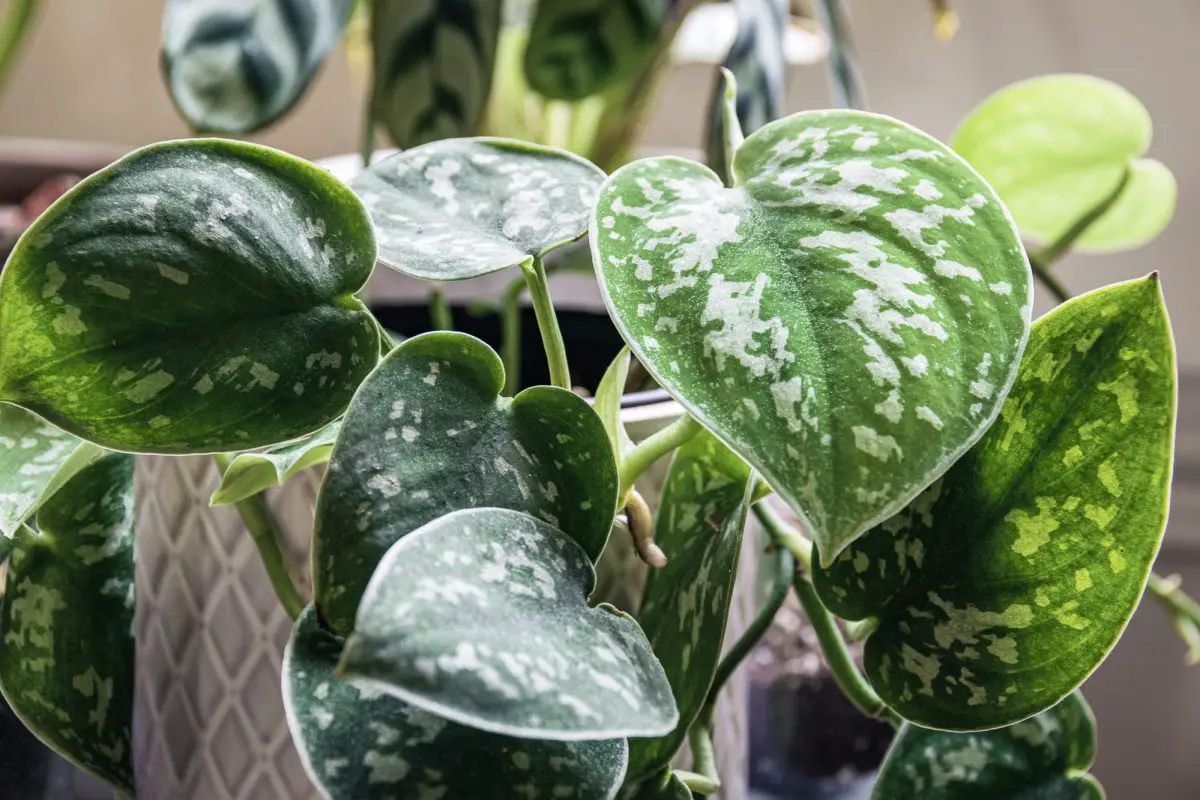
Ibda Thread ġdid